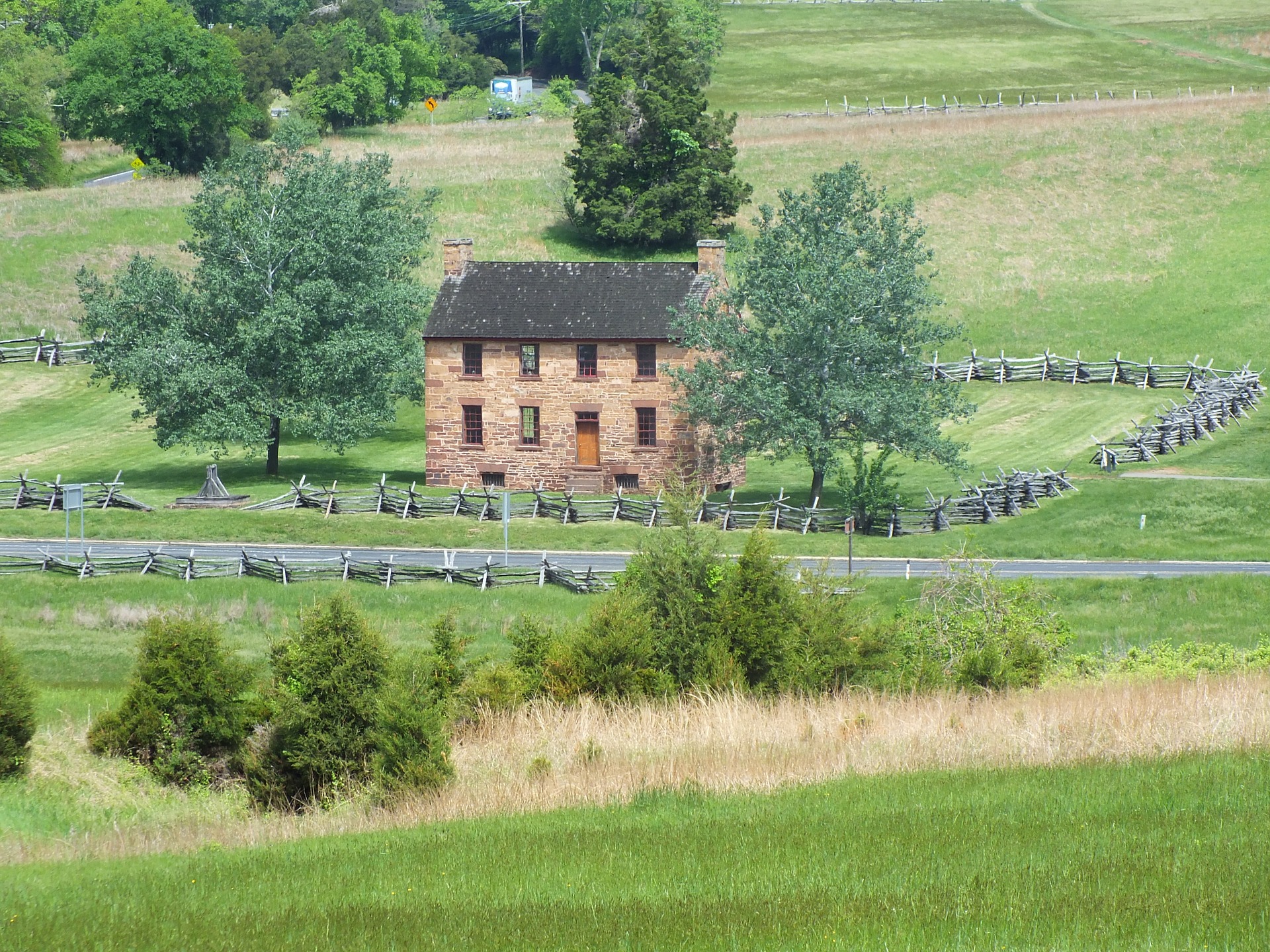Understanding Chimney Fires: Essential Information for Manassas, VA Residents
For many Manassas, VA residents, the chilly winter months are synonymous with cozy nights by the fireplace. However, the benefits of a warm, inviting hearth come with some risks, including the possibility of a chimney fire. Understanding chimney fires is essential to ensuring the safety of your home and family. This article will delve into the causes, signs, prevention, and steps to take if you experience a chimney fire and will provide insights into the role of professional chimney sweeps, such as the A&T Chimney Sweeps, a fireplace, furnace, dryer vent, gutter cleaning, and repair service company in Manassas, VA.
Causes of Chimney Fires
Chimney fires occur when accumulated creosote, a byproduct of burning wood, catches fire inside the chimney. Creosote builds up in three stages – the first is a flaky deposit that can be easily brushed away; the second is a shiny, tar-like deposit, and the third is a hardened, glossy substance that is highly flammable. The latter two stages pose significant fire risks. Other causes of chimney fires include bird nests or other debris in the chimney, a structural defect or cracks in the chimney, and improper installation of the chimney.
Signs of a Chimney Fire
Chimney fires can be loud and dramatic, with dense smoke and flames shooting from the chimney top. However, they can also be slow-burning and less obvious. Some signs of a chimney fire include a loud cracking or popping noise, a lot of dense smoke, an intense, hot smell, and a rumbling sound that some compare to a low-flying airplane or freight train.
Preventing Chimney Fires
Prevention is always better than cure, and in the case of chimney fires, it can save lives and property. The first step is to ensure you are burning only dry, seasoned wood. Wet or green wood causes more creosote buildup. Avoid burning paper or cardboard in your fireplace, as they can rise into the chimney while still burning and ignite the creosote.
A crucial part of prevention is regular inspection and cleaning. Professional chimney sweeps, like A&T Chimney Sweeps, can help identify and remove creosote build-up, inspect for structural defects, and provide advice on safe fireplace use.
Steps to Take in Case of a Chimney Fire
If you suspect a chimney fire, the first step is to get everyone out of the house and call 911. While waiting for the fire department, you can try to limit the fire’s oxygen supply by closing the glass fireplace doors and any air inlets. Never pour water down the chimney, as this can cause a steam explosion. After the fire is out, have a professional chimney sweep inspect for damages before using the fireplace again.
FAQs
Q1. How often should I have my chimney inspected or cleaned?
Annual inspection and cleaning are generally recommended. However, if you use your fireplace frequently, you may need to have it cleaned more often.
Q2. Can I clean my chimney myself?
While light cleaning can be done yourself, professional cleaning is recommended, as it involves a thorough inspection of the chimney structure and removal of hard-to-reach creosote deposits.
Q3. Are chimney fires covered by home insurance?
Most standard home insurance policies cover chimney fires. However, if the fire occurred due to your negligence (e.g., not cleaning the chimney regularly), the insurance company might not cover the damage.
Q4. What should I do if I notice creosote buildup?
If you notice significant creosote buildup, contact a professional chimney sweep to clean and inspect your chimney.
Understanding and preventing chimney fires is a serious matter for every homeowner with a fireplace. Regular inspections and cleaning by professional chimney sweeps, such as A&T Chimney Sweeps, are critical in ensuring a safe and warm winter for you and your family in Manassas, VA.








